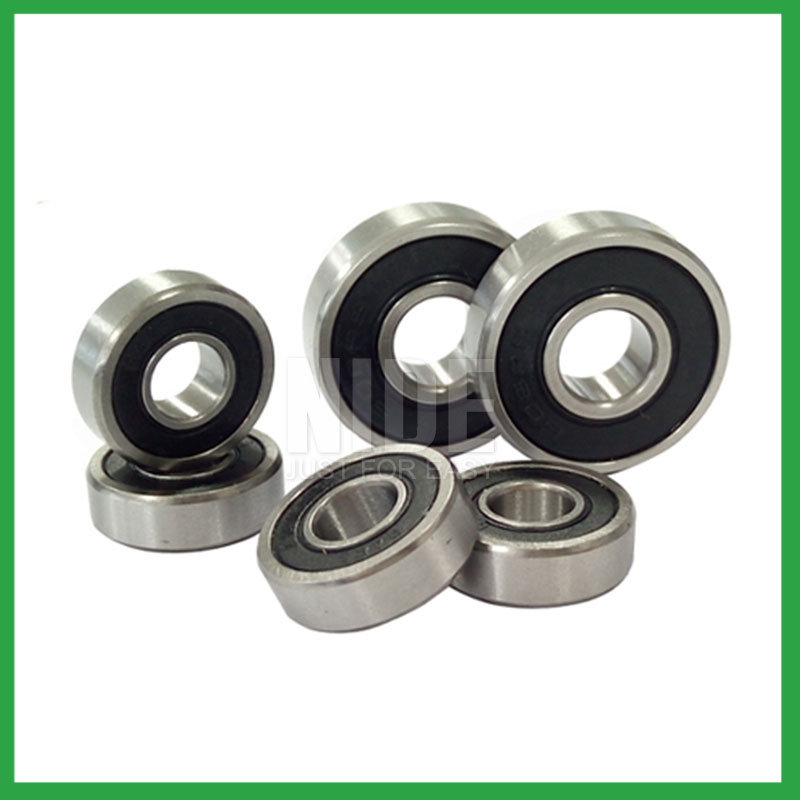PRODUCTS
CONTACT US
Ningbo Nide International Co., Ltd.
一一
· Contact person:Jack Zeng
· Mob/Whatspp/WeChat:0086-13738869026
· Email:emarketing@nide-group.com;marketing4@nide-group.com
· Add:No. 169, Wohushan Road, Daqi Subdistrict, Beilun District, Ningbo, China

Nide team could manufacture ball bearing as per customer’s drawing and samples.
If customer only has samples, we could also design drawing fo r our customer.
We also provide customized service.
Our ball bearing is widely applied the different industrials.
Haishu Nide International was founded in 2010 and is located in the high-tech zone of Ningbo, the industrial center of China. It is very close to Ningbo Port and Shanghai Port. We products products including insulation paper,shaft,ball bearing,fan,commutator,motor cover and lamination,thermal protector, etc The product is widely used in industries such as washing machine motor,water pump motor,electric automotive motor,BLDC motor,electric bicycle motor,fan motor,servo motor,compress motor.
In addition to building machines internally and controlling their quality and service system, we also provide customers with some auxiliary machines outsourced from other professional manufacturers. Its purpose is to reduce additional work for customers and alleviate concerns about quality issues. With excellent service, unique philosophy, professional team, and reliable quality, we have gradually won the trust of global customers.
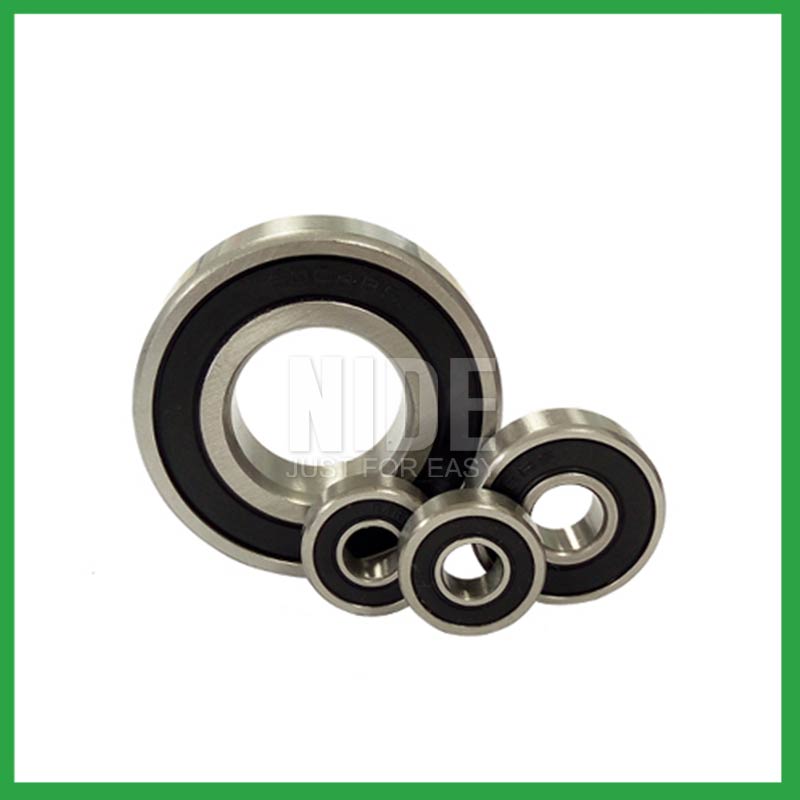
| Parameter | Information |
| Product Name | ball bearing rubber seal |
| Place of Origin | Ningbo,Zhejiang |
| Brand Name | Nide |
| Material | stainless steel, etc. |
| Type | Ball |
| Warranty | 3months-1year |
| Port | Ningbo/Shanghai |
| Application | aviation engines,high-speed electric tools, etc. |
| Size(mm) | customize |
| Color | Silver gray+customized |
| Precision Rating | as per customer's requirement |
| Certification | ISO 9001 Certification,ISO9001:2015 certificate,CE-stator coil winding inserting machine,etc |
| Feature | Good wear resistance,Strong carrying capacity...etc |
| Packaging Details | Suitable for sea transportation |
| Service | one-stop service |
| Model Number | ball bearing |
| Supply Ability | 100000-500000 Piece/Pieces per Month |
| Lead time (days) | 15-20 (To be negotiated) |
Please note: The above table data is for reference only. For specific information, please contact us.
The precision range of ball bearing rubber seal is from ABEC7 to ABEC9, with a particle size of 0.3 μ m. Among them, ABEC9's ball bearings have the best precision range and are widely used in the electronics industry, precision measurement industry, and so on.
During the installation process, pollution from dirt and wear media should be prevented;
Temperature and humidity should be controlled to avoid excessive temperatures during startup and operation;
It should be operated and lubricated in the correct reverse direction to avoid unnecessary damage.
Ball bearings have many advantages, making them highly competitive in the market.
Firstly, they are very durable and have good wear performance, making their service life longer than many other types of bearings.
Secondly, they are easy to install and can provide low friction performance in various applications.
Thirdly, they require a relatively low level of maintenance, making them cost-effective.
In addition, compared to many other types of bearings, their purchase cost is relatively low, making them an economical choice.




ball bearing rubber seal---FAQs Guide
2.What are the considerations for choosing between open, shielded, or sealed ball bearing rubber seal in specific applications?
3.What is the load distribution within a ball bearing rubber seal, and how does it vary between different bearing configurations?
4.As a ball bearing rubber seal manufacturer,What is your payment method?
5.How do ball bearing rubber seal provide smooth and controlled motion in various mechanical systems, such as conveyor belts or automobiles?
6.What is the significance of ball bearing rubber seal lubrication, and how does it affect bearing lifespan and performance?
7.What is a ball bearing?
8.How do preload adjustments in ball bearing rubber seal affect their performance and suitability for high-precision tasks?
9.Are there specific ball bearing rubber seal designed for applications in the aerospace and aviation industries, and what standards do they adhere to?
10.How do manufacturers ensure the quality and reliability of ball bearing rubber seal through material selection and precision machining?
11.Can ball bearing rubber seal be used in vacuum or cleanroom environments, and what measures are taken to prevent outgassing or contamination?
12.What are the ball bearing rubber seal product skill training options?
13.Are there self-aligning ball bearing rubber seal that accommodate misalignment and shaft deflection in rotating equipment?
14.As a ball bearing rubber seal manufacturer,How Can We Guarantee Quality?
15.How do manufacturers address concerns related to bearing noise and vibration in sensitive equipment?
16.Do ball bearing rubber seal come in various tolerance classes?
1.What are the common materials used in ball bearing rubber seal manufacturing?
Most ball bearing rubber seal are made of a type of steel known as high carbon chromium steel, often called chrome steel. This is used for reasons of cost and durability. Bearings are also made from other materials such as stainless steel, ceramics and plastic.
2.What are the considerations for choosing between open, shielded, or sealed ball bearing rubber seal in specific applications?
While sealed bearings offer superior protection and maintenance advantages, shielded ball bearing rubber seal can be more suitable in situations where minimal friction and operating temperature are crucial. It's essential to assess the operational environment and demands before making a selection.
3.What is the load distribution within a ball bearing rubber seal, and how does it vary between different bearing configurations?
The load distribution between the rolling elements and raceway is crucial in performance evaluation of rolling element bearings. Determine the load distribution by measuring the strain response at the bearing surface with a notched housing. Finite element analysis shows that the introduction of notches does not affect the load distribution. An experimental system was developed to investigate the load distribution in a cylindrical roller bearing. The experimental static load distribution agrees well with the theoretical calculation. The dynamic load at specific position of load zone reflects the manufacture difference among rollers and dynamic balance of distributing loads.
4.As a ball bearing rubber seal manufacturer,What is your payment method?
We accept T/T, PAYPAL or Western Union, credit card or via ALIBABA Assurance order.
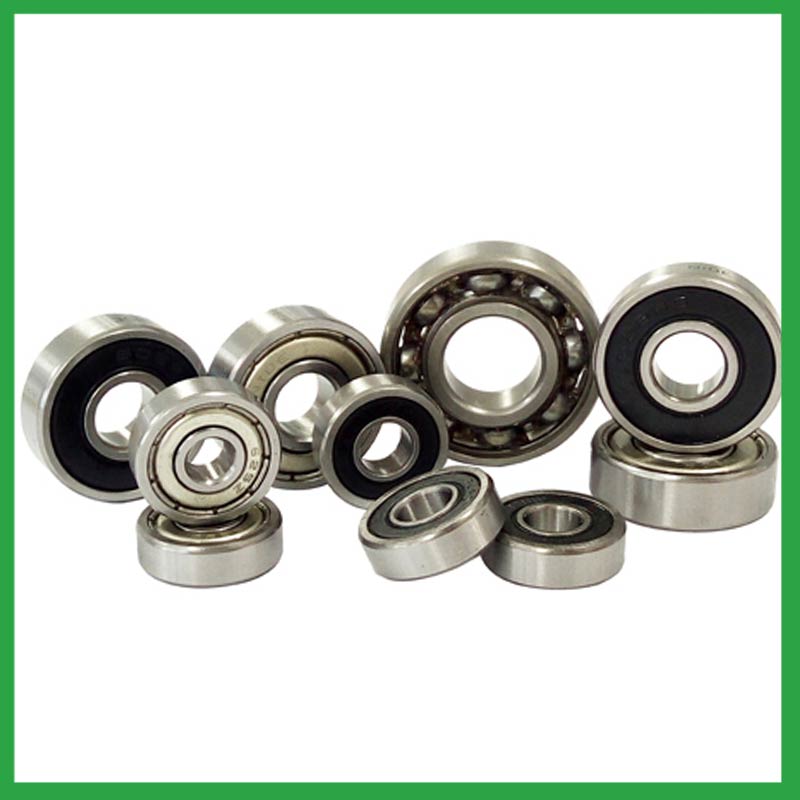
5.How do ball bearing rubber seal provide smooth and controlled motion in various mechanical systems, such as conveyor belts or automobiles?
In essence, ball bearing rubber seal operate on the principle that it's far more efficient to roll over surfaces than to slide, thereby significantly reducing friction and facilitating smooth movement of machinery parts.
6.What is the significance of ball bearing rubber seal lubrication, and how does it affect bearing lifespan and performance?
Bearing lubrication is vital for preserving the performance and lifespan of rolling element bearings. Lubrication helps separate moving parts relative to one another, such as rollers and raceways or balls, to prevent wear and tear and friction.
7.What is a ball bearing?
A ball bearing is a type of rolling-element bearing that uses balls to maintain the separation between the bearing races.
The purpose of a ball bearing is to reduce rotational friction and support radial and axial loads. It achieves this by using at least two races to contain the balls and transmit the loads through the balls. In most applications, one race is stationary and the other is attached to the rotating assembly (e.g., a hub or shaft). As one of the bearing races rotates it causes the balls to rotate as well. Because the balls are rolling they have a much lower coefficient of friction than if two flat surfaces were sliding against each other.
Ball bearings tend to have lower load capacity for their size than other kinds of rolling-element bearings due to the smaller contact area between the balls and races. However, they can tolerate some misalignment of the inner and outer races.
8.How do preload adjustments in ball bearing rubber seal affect their performance and suitability for high-precision tasks?
Benefits of Preloading a Bearing
Optimizes the ball spin to roll ratio.
Increases the rigidity of an application.
Protects from excessive ball skidding.
Decreases application vibration and sliding friction.
High running accuracy (even if load conditions keep changing)
Increases bearing load capacity.
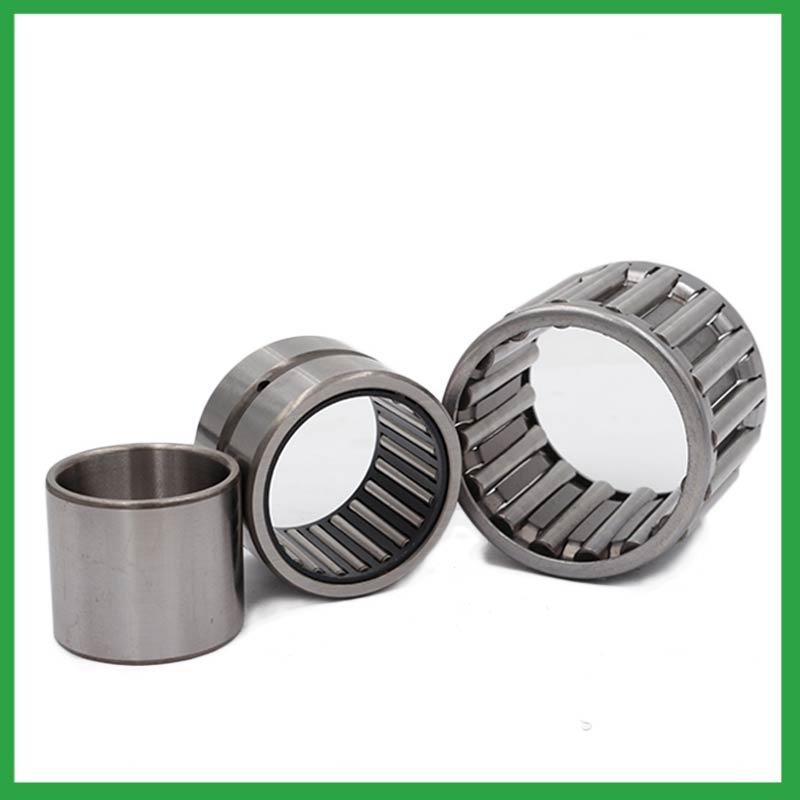
9.Are there specific ball bearing rubber seal designed for applications in the aerospace and aviation industries, and what standards do they adhere to?
Airframe control ball bearing rubber seal are specialized bearings tailored for aircraft structures, particularly control systems and surfaces. Designed for low-speed oscillatory applications, they offer precision and support, effectively managing misalignments and flight-induced stresses.
Airframe Control bearings are lightweight, corrosion-resistant, grease-lubricated, and are sealed on most occasions. They come in precision grades for running accuracy.
10.How do manufacturers ensure the quality and reliability of ball bearing rubber seal through material selection and precision machining?
High-precision measuring instruments, such as micrometers and gauges, are used to check the dimensions of the rings and balls to ensure they meet tight tolerances. Surface Finish Inspection: Surface finish is assessed using profilometers to ensure the required smoothness and low friction characteristics.
11.Can ball bearing rubber seal be used in vacuum or cleanroom environments, and what measures are taken to prevent outgassing or contamination?
Bearings specify stainless steel for vacuum or cleanroom applications as stainless steels used for the rings, balls and retainer exhibit low outgassing. They usually supply open or shielded stainless steel bearings as vacuum bearings as these will outgas less than a nitrile rubber sealed bearing.
12.What are the ball bearing rubber seal product skill training options?
Quality comes from being controlled rather than be done. On the basis of the escalating production equipment and optimized process, Nide spare no efforts and keeps improving for quality control. Quality assurance covered with system, technology and human resources are in full swing.
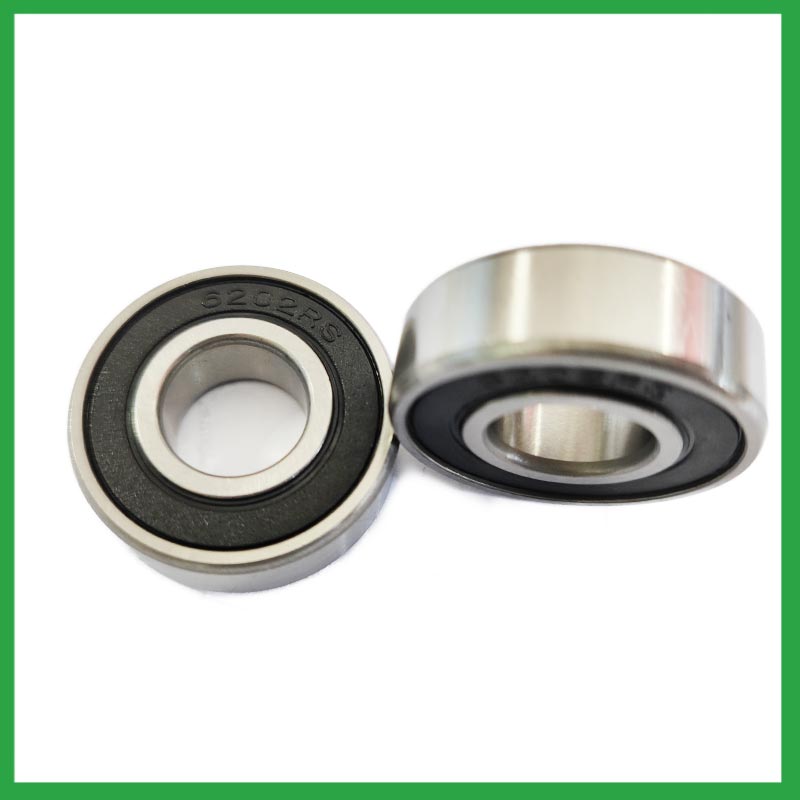
13.Are there self-aligning ball bearing rubber seal that accommodate misalignment and shaft deflection in rotating equipment?
These ball bearing rubber seal are particularly suitable for applications where misalignment can arise from errors in mounting or shaft deflection. A variety of designs are available with cylindrical and taper bores, with seals and adapter sleeves and extended inner rings.
14.As a ball bearing rubber seal manufacturer,How Can We Guarantee Quality?
Always a Pre-production Sample Before Mass Production;Always Final Inspection Before Shipment.
15.How do manufacturers address concerns related to bearing noise and vibration in sensitive equipment?
From a ball bearing rubber seal manufacturing perspective, a low noise or vibration rating is achieved by paying attention to the surface finish of the raceways and balls, their roundness, and selecting the correct cage design. Finely filtered low noise greases can also be used to reduce vibrations.
16.Do ball bearing rubber seal come in various tolerance classes?
Bearing tolerances are standardized by classifying bearings into the following six classes (accuracy in tolerances becomes higher in the order described): 0, 6X, 6, 5, 4 and 2.
